
Build your own media wall. This collection of woodworking plans can help you create a custom built in media wall, without hiring a professional carpenter. Our free step by step plans are easy to follow and include diagrams, shopping and cut lists.

Preparation
- 1- sheet 3/4" Plywood
- 1- sheet 1/4" Plywood
- 4- 8ft 1x2's
- 1- 8ft 1x4 (or 54")
This is a shopping and cut list to build TWO of these.
This is a shopping and cut list to build TWO of these.
3/4" Plywood
- 2 @ 7 3/4" x 27 1/4"
- 6 @ 7 3/4" x 24"
- 4 @ 7 3/4" x 43 1/4"
1/4" Plywood
- 2 @ 25 1/2" x 35 3/4"
1x2's
- 4 @ 7 3/4"
- 6 @ 22 1/2"
- 4 @ 39 3/4"
- 2 @ 27 1/4"
1x4's
- 2 @ 25 1/2"
Molding for top
- 2 @ 27 1/4" (cut on miter, take measurements!)
- 4 @ 9 1/4" (cut on miter, take measurements!)
We recommend ripping the 3/4" plywood into strips 11-3/4" wide by 8 feet long, then cross cutting to get the pieces you need.
Please refer to the diagram version of the cut list (step 8 and 9) to see what you will need!
Please read through the entire plan and all comments before beginning this project. It is also advisable to review the Getting Started Section. Take all necessary precautions to build safely and smartly. Work on a clean level surface, free of imperfections or debris. Always use straight boards. Check for square after each step. Always predrill holes before attaching with screws. Use glue with finish nails for a stronger hold. Wipe excess glue off bare wood for stained projects, as dried glue will not take stain. Be safe, have fun, and ask for help if you need it. Good luck!
Instructions
Step 1
Step 3
It is always recommended to apply a test coat on a hidden area or scrap piece to ensure color evenness and adhesion. Use primer or wood conditioner as needed.




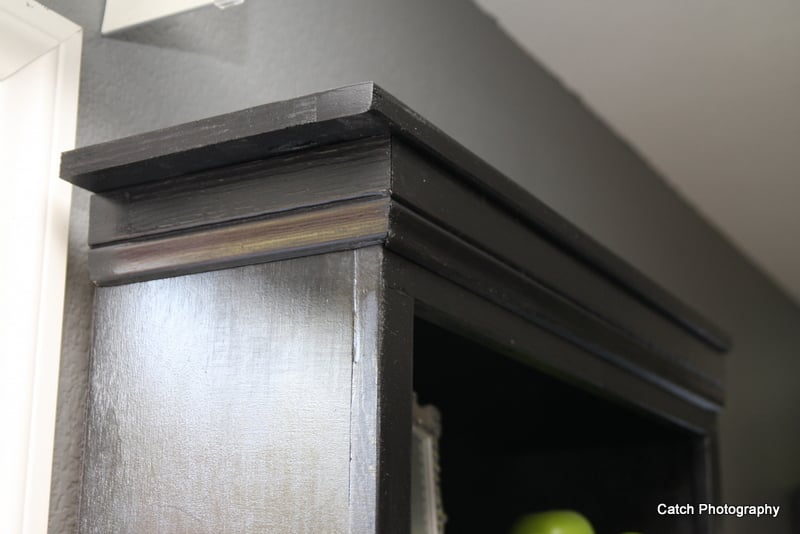
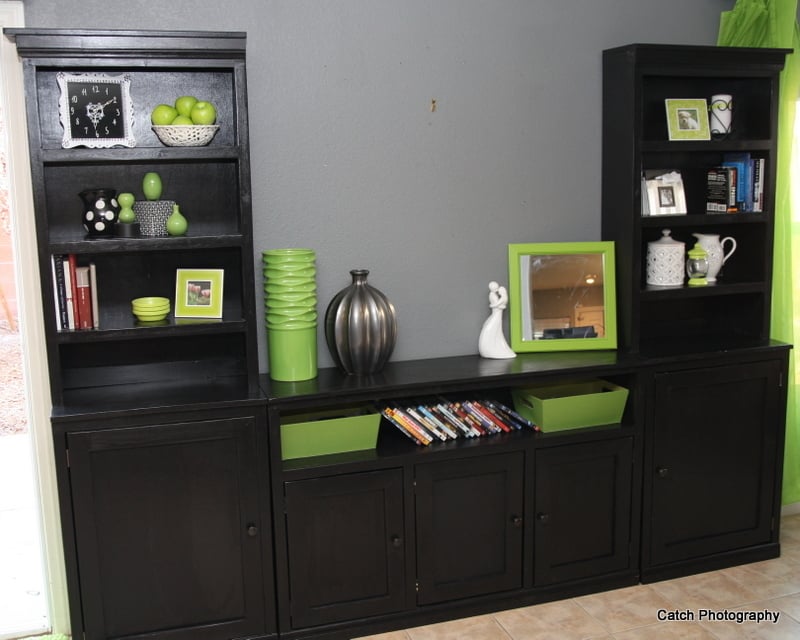
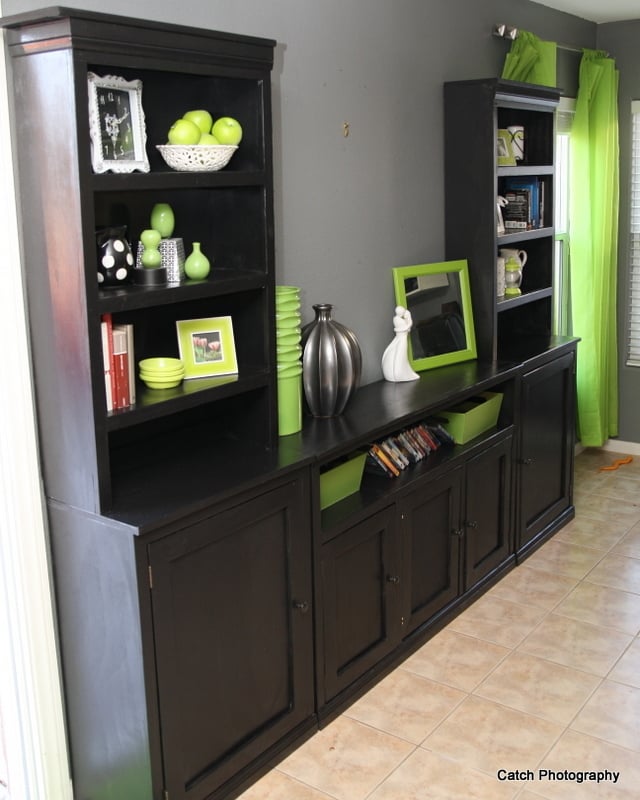
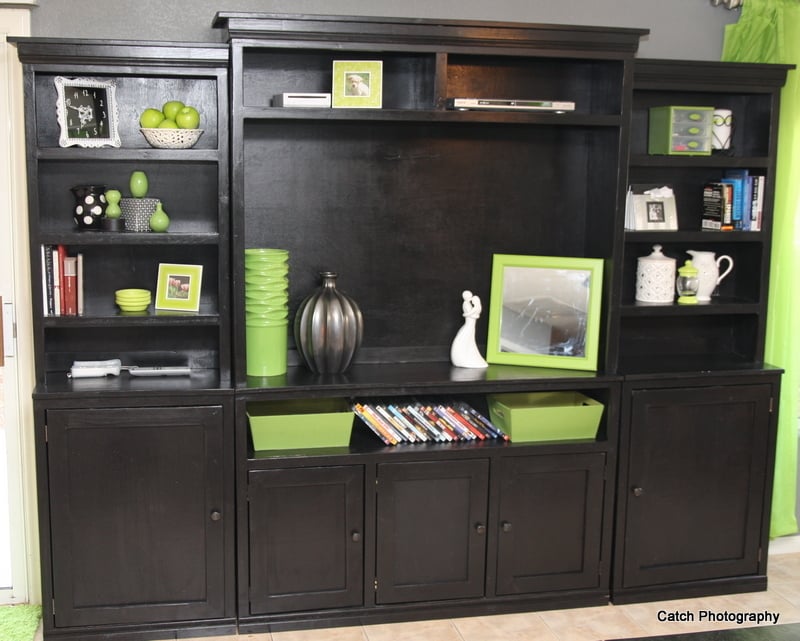




















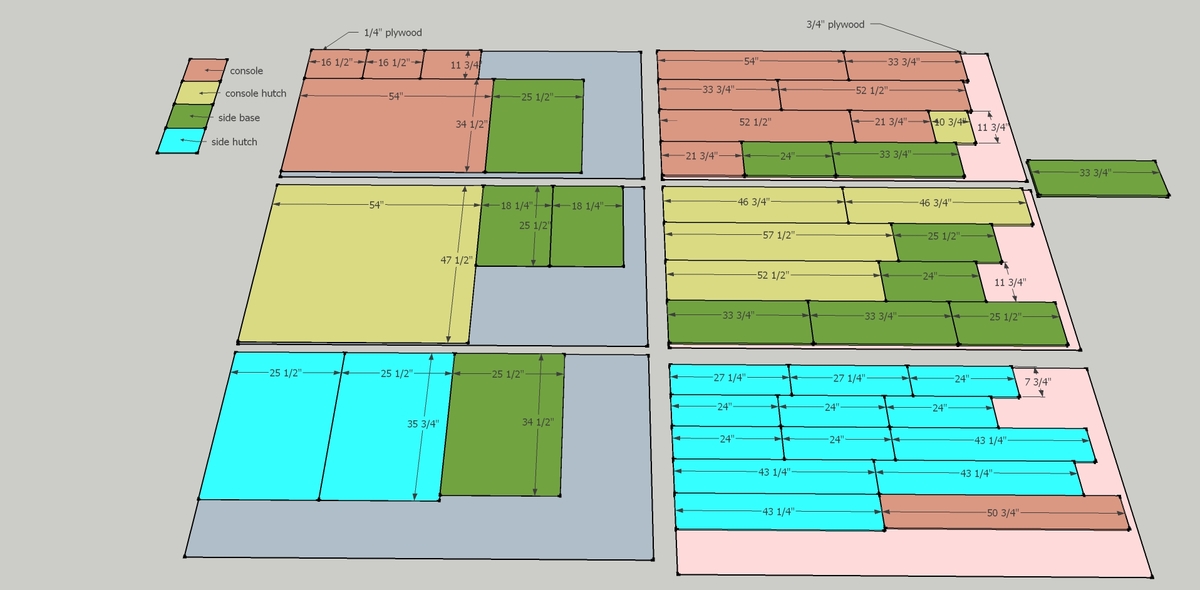



Comments
wesleyjack
Fri, 04/20/2012 - 08:26
breakdown plans
Those sketch ups of how to break down the boards are exactly how I end the prep of every project I do. I don't want to buy one extra foot of a board that I don't need if I can help it.